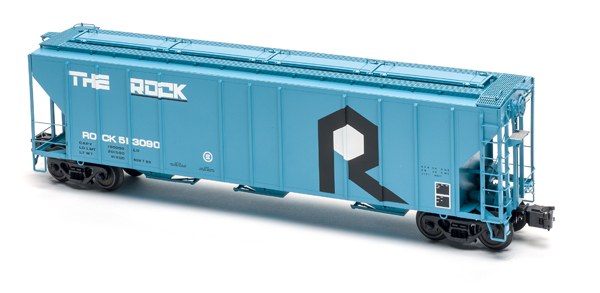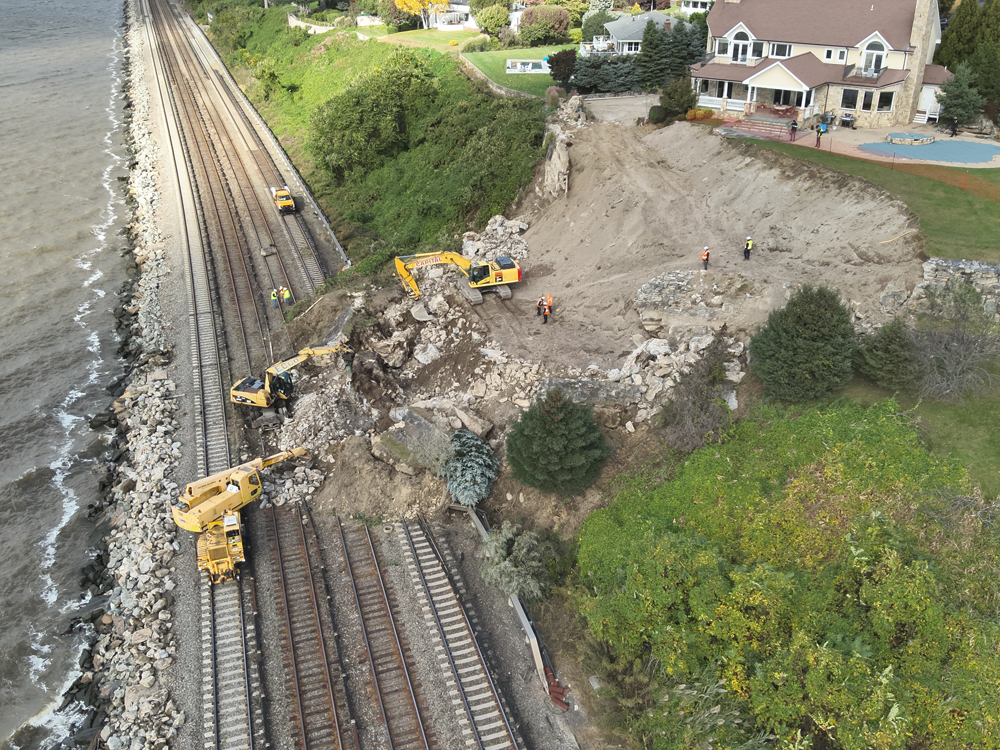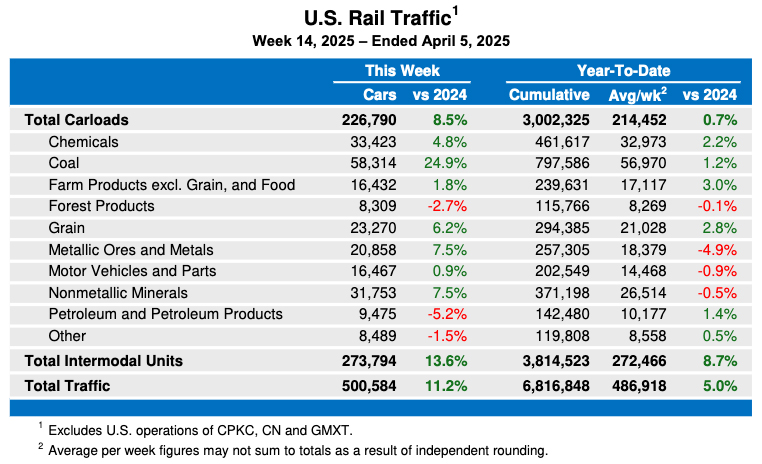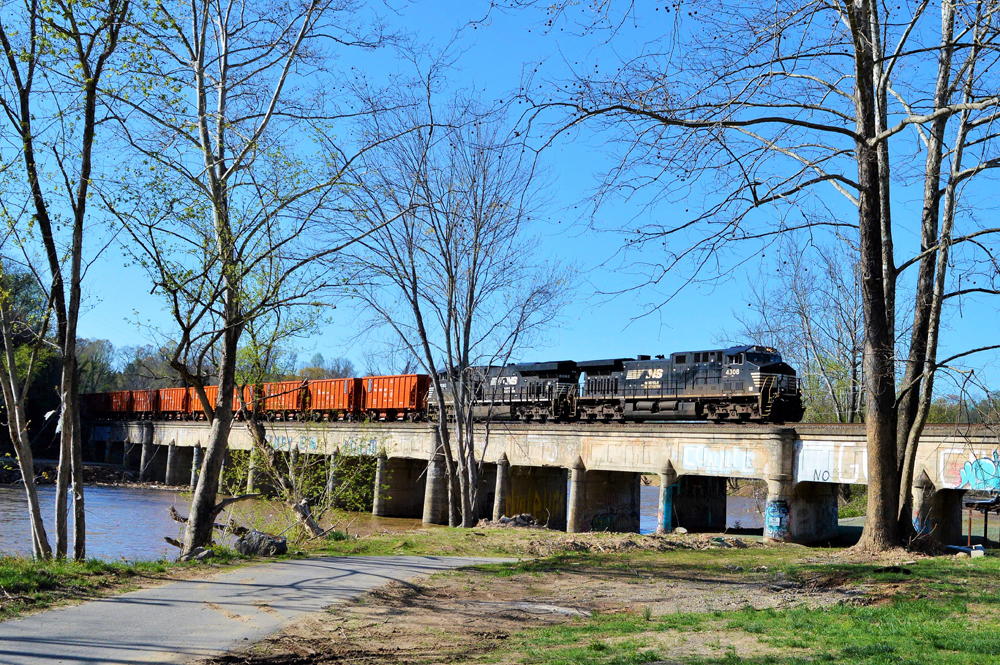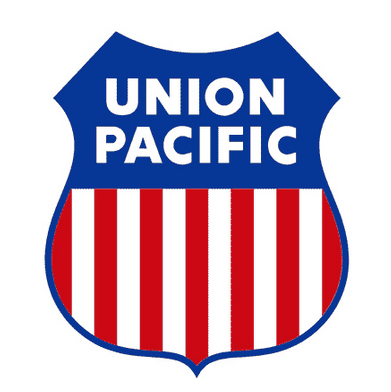O gauge Pullman-Standard covered hopper from Atlas O
Price: $84.95 Min Curve: O-45 Features: Positionable hatch covers with working batten bars and locks; factory-installed and painted wire grab irons; see-through plastic running boards; and sprung, die-cast metal 100-ton trucks with rotating bearing caps. Road names: New paint schemes (two road numbers per road name): Rock Island (blue); Atchison, Topeka & Santa Fe (black-and-white circle-cross herald and billboard “Santa Fe” lettering); BNSF Ry. (post-2005 herald), Conrail (brown); CSX (tan); and Missouri Pacific (gray with “screaming eagle” herald). Also available undecorated. www.atlasrr.com
Atlas O has released a new run of Pullman-Standard (PS) 4,427-cubic-foot capacity three-bay covered hoppers in its Master Line. The injection-molded plastic model, which has been a staple in the Atlas O product line for nearly two decades, features positionable parts, factory-installed and painted wire grab irons, and trucks with rotating bearing caps.
The full-size Pullman-Standard 4,427-cubic-foot-capacity three-bay covered hopper made its debut in 1964. More than 23,000 cars were built during the car’s production run. The Atlas O model follows the lines of an early, low-side 4427, with a high-mounted brake wheel and 4-3-4 exterior post pattern.
Our sample is decorated as Rock Island no. 513090. Rock Island’s low-side 4427 covered hoppers were built in 1965 and 1966. The cars were originally painted gray and numbered 8000 through 8302 and 13000 through 13845. Some covered hoppers featured large block “Rock Island” lettering, others sported a 36-inch herald. From the mid-1970s and through the end of Rock Island in 1980, the railroad began refurbishing its 4427s. The covered hoppers were repainted in the Rock’s final paint scheme, dubbed “bankruptcy blue” by railfans, and renumbered in the 513000 series.
I compared the Atlas O model to prototype drawings in the 1966 Car and Locomotive Cyclopedia of American Practice (Simmons-Boardman Publishing Co.). The model’s dimensions are spot on or within scale inches of the prototype.
The paint on the model is smooth and evenly applied, and the printing is opaque and in register. I especially appreciated the stylized “B” stencil near the middle of the car, indicating the covered hopper was refurbished at Biddle Yard in Little Rock, Ark. The lettering placement matches prototype photos I found online.
The roof is the part of the model most people see first, and the top of the Atlas O covered hopper provides a lot to look at. The one-piece casting is held in place with six tabs (three per side) that lock into notches in the car’s interior. A see-through plastic running board with brackets frames four rectangular hatch covers with wire handles. The covers are positionable and feature working batten bars and locks.
Equally noteworthy is the B, or brake, end of the car. Highlights include a modern brake wheel; an Ajax brakewheel housing and back plate; an etched-metal see-through brakewheel platform; separately applied air reservoir, control valve, and brake cylinder with plastic piping; and a separate end cage with wire grab irons.
Much of the car’s 1.35 pounds (21.6 ounces) comes from four vee-shaped weights stacked inside each hopper bay and secured with a Phillips washer-head screw. The covered hopper, like other Atlas O Master Line models, features sprung, die-cast metal trucks with rotating bearing caps and metal wheelsets.
Underneath, the car has separate factory-installed shaker brackets, outlet gates, and triangle-shaped center sill pieces. Brake detail includes the center rod, levers, lever support brackets, rod carriers, and a slack adjuster. An air line is attached to the bottom of the sill on the right side of the car.
From top to bottom, the Atlas O Master Line Pullman-Standard 4,427-cubic-foot-capacity covered hopper is a fantastic model. The car will look great rolling by in a freight train or waiting for its next load of grain at the local elevator.





